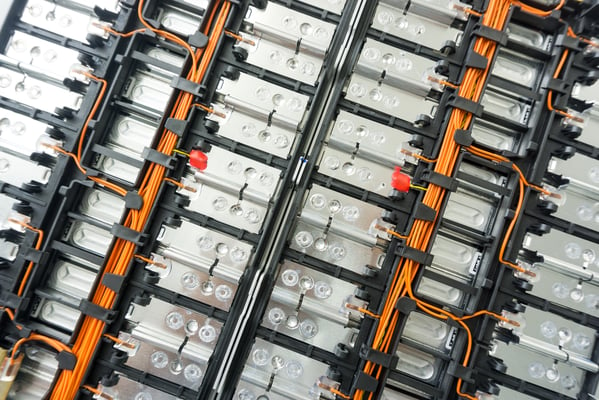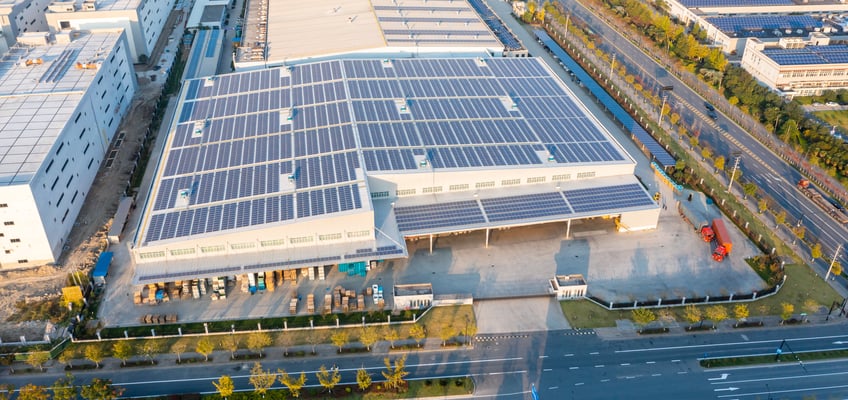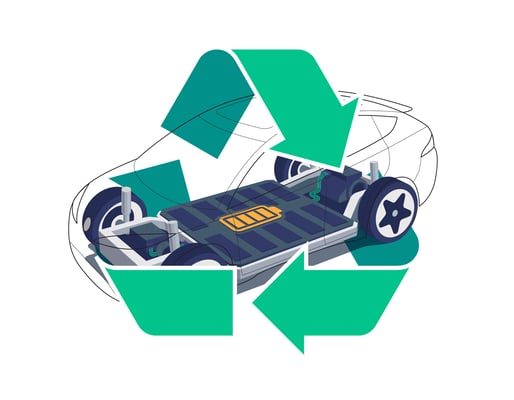.jpg?width=1000&name=Blogg%20-%20standard%20(7).jpg)
Four ways ECO STOR makes the EV battery-industry part of the circular economy
According to the International Energy Agency, there could be more than 230 million EVs on the roads by 2030, while it now is roughly 10 million. This expected rapid increase in batteries for the automotive industry may lead to new resource challenges and supply-chain risks.
The consequences and impact on the environment are enormous when producing and discarding EV batteries. Therefore, it is crucial to use these batteries as long as possible after the batteries are done serving their first purpose in a car.
Introducing a second life for EV-batteries
The way ECO STOR gives new life to EV batteries that no longer have the sufficient capacity needed for car use is an excellent example of technical creativity that merges with the concept of a circular economy. It could extend the battery's lifetime as long as 10 to 15 years to serve along with other batteries in a battery energy storage solution (BESS), a long extension of a product that would otherwise have been recycled.
Even though the recycling rate of EV batteries is high and still getting better, it is essential to use these batteries for as long as possible. Giving them a new life, maybe an even longer life than their first life, and making the second life matter, is an excellent way of solving a problem with a circular economy.
More effective recycling when the time is right
When the batteries have reduced capacity and no longer are effective in the battery energy storage solution, the materials will be recycled and used to make new batteries. This technology is constantly evolving and has become much more efficient than in the beginning.
ECO STORs partners can recycle up to 98 per cent of the materials in the batteries.
When giving the batteries two lives and recycling them in a better way than before, the resources are used optimally.
The large capacity of energy storage makes alternative sources of energy more sustainable
The surplus of electricity, which before could not be used for anything, is now changing the prerequisite of how we evaluate alternative sources of energy, such as solar cells, wind sustainable, and to increase the potential of circulation of all types of batteries. Non-rechargeable batteries will be phased out.
The great project of the European Commission, "The European Green Deal", has a high adoption-rate along with the member countries and the parliament of Europe. The goal is to make the EU climate neutral within 2050 and contribute to carrying out the goals of sustainability set by the UN.
Hence this is not only a hope to do better. It will soon be a demand.




